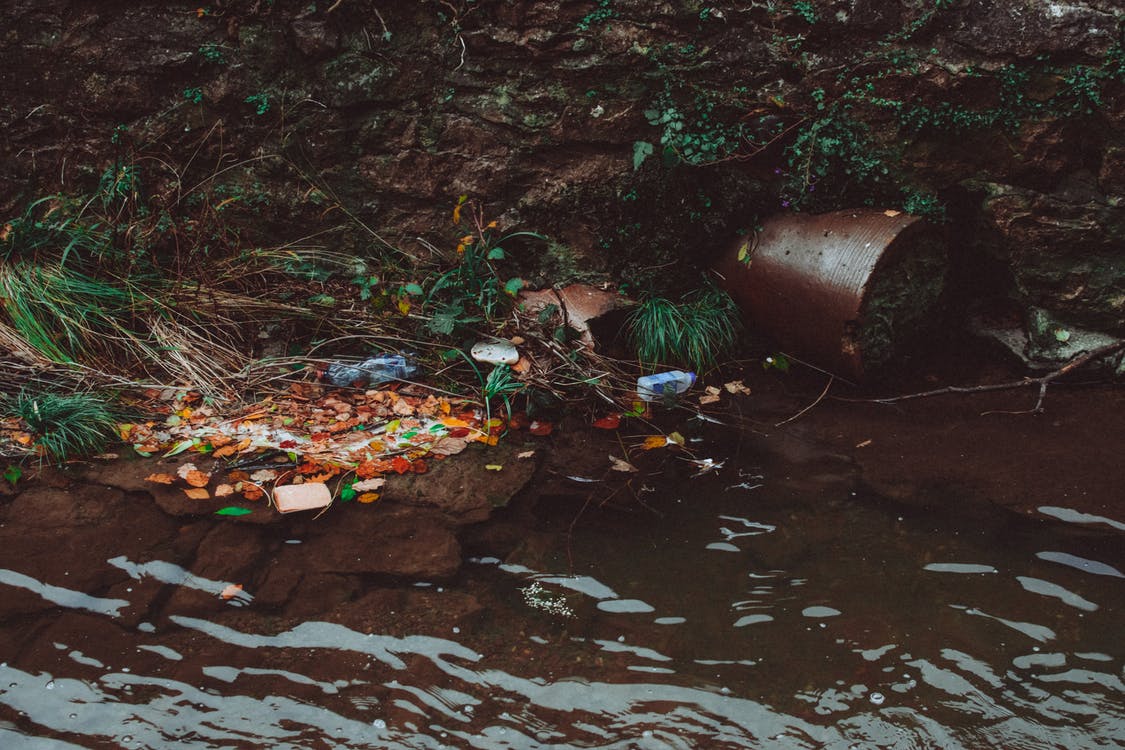
The Ganges is releasing billions of microplastics each day
What’s happening? The Ganges river and two nearby waterways are releasing up to three billion microplastic particles – particles measuring less than 5mm in size – into the Indian Ocean each day, according to a study carried out by the University of Plymouth as part of the National Geographic’s Sea to Source initiative. The analysis examined water samples from 10 sites over a 2,575km stretch of the river, with 60 samples taken before and 60 after the monsoon. Of the pre-monsoon samples, 72% contained microplastics, a number that fell to 62% for post-monsoon samples. (New Atlas, Environmental Pollution)
Why does this matter? Microplastics are entering oceans through rivers and waterways at an alarming rate. Identifying key sources can aid efforts to prevent and address microplastic pollution in the ocean.
The bigger picture – Levels of microplastic present in the ocean are at least twice as high as previously estimated, according to research. These particles threaten the behaviour and survival of marine species when accidentally consumed. Additionally, microplastics can also accumulate in the food chain and impact human health, and have been identified as a source of pathogens and risk to food security. From an economic perspective, ocean microplastics also cost an estimated £10bn ($14bn) each year in damage to global marine ecosystems, according to the United Nations Environment Programme.
Aside from marine risks, microplastic pollution also affects communities dependent on rivers as a water source. The Ganges, Brahmaputra and Meghna rivers are among those flowing into the Bay of Bengal – one of the most populous river basins in the world, which supplies water to over 655 million people.
Synthetic clothing – The University of Plymouth study found varied microplastic levels depending on the areas along the Ganges subject to more pollution, with concentrations generally increasing from source to the ocean. Synthetic fabrics, which release plastic particles when they are washed, were a main contributor – with over 90% of microplastics analysed associated with clothing. Rayon and acrylic fibres made up 54% and 24% of the samples, respectively. Similarly, a separate study by Canadian researchers found around 92% of microplastic pollution sampled from seawater in the Arctic to be comprised of synthetic fibres, likely originating from textile manufacturing and household laundry.
What’s to be done? Sound waves are being piloted to remove microplastics from wastewater discarded from washing machines by researchers from Japan’s Shinshu University. This unconventional method separates microplastics from wastewater using piezo vibrations and could curb the amount of microplastics entering waterways – and consequently the ocean – if rolled out on a larger scale.
Elsewhere, a team of researchers from Canada’s Institut national de la recherche scientifique are developing a technique to degrade microplastic particles into CO2 and water molecules using electrolytic oxidation.
Lateral thought from Curation – While smaller-scale efforts to address ocean microplastic removal are underway, preventative approaches to stop more plastics entering oceans in the first place are still needed. Some corporates are making efforts to explore natural alternatives in clothing fibres, such as Pangaia’s investment in bio-based compostable fibres produced from sugar-based feedstocks. The potential for this to gain traction in the global market,however, may take longer given the lower prices of fossil-based synthetics.
More broadly, larger initiatives embracing circular economics models will help, such as Terracycle’s Loop, which aims to promote reusable packaging and minimise waste by keeping products in a closed loop system.


